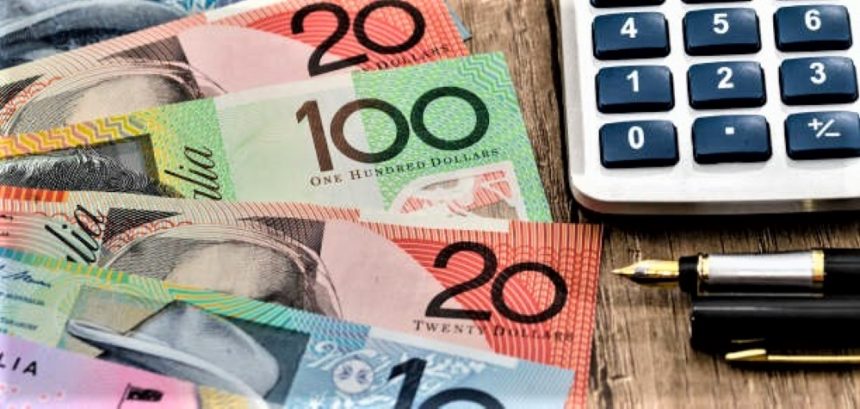Australian dollar rose as a result of Wednesday’s risk-on sentiment.
The Australian Dollar (AUD) strengthens, presumably due to improving risk sentiment on Wednesday. The Aussie Dollar’s upside potential may be restrained by lower than anticipated Gross Domestic Product statistics, which rose 0.1% QoQ in the first quarter, compared to an expected 0.2% increase. On an annual basis, the GDP grew by 1.1%, which was slightly below The projected percentage is 1.2%. The AUDUSD pair was under pressure after the Judo Bank Purchasing Managers Index (PMI) fell to 52.5 in May, below the expected reading of 53.1.
Australia’s GDP increased by 0.1% quarter on quarter, falling short of the predicted 0.2% growth rate.
Michele Bullock, Governor of the Reserve Bank of Australia (RBA), announced on Wednesday that she expects GDP growth to be modest in the first quarter. Bullock also stated that the central bank is prepared to take action if the Consumer Price Index (CPI) does not return to the desired range, as reported by NCA Newswire.
US dollar may comeback when US Treasury yields rise.
The US Dollar (USD) could rebound if US Treasury yields rise. The US dollar dropped amid increased expectations. That the Federal Reserve (Fed) may decrease interest rates this year. Investors anticipate the critical US Data will be released later on Wednesday. Including the US ADP Employment Change and ISM Services PMI reports.
Daily Market Movers: Australian Dollar Appreciates Despite Slower Economic Growth.
In May, the Judo Bank Composite PMI was 52.1, down slightly from 53.0 the previous month. This demonstrates that Australia’s private sector output increased for the fourth consecutive month. But at a slower rate.
Caixin China Services PMI rose to 54.0 in May, exceeding estimates of 52.6 and the prior level of 52.5. This was the 17th consecutive month of growth in services activity, the strongest rate since July 2023. Because China and Australia are close trade partners. Any changes in the Chinese economy may have an impact on the Australian market.
THE JOLTS US Job openings fell by 296,000 to 8.059 million in April. Down from 8.355 million in March and the lowest level since February 2021. This amount again fell short of the market consensus of 8.340 million, according to figures released on Tuesday.
On Tuesday, Australia recorded a current account deficit of A$4.9 billion (USD 3.2 billion) in the first quarter, a considerable change from the previous quarter’s downwardly revised surplus of A$2.7 billion. The market expected a surplus of A$5.9 billion, but this result fell short.
The ISM Manufacturing PMI unexpectedly fell to 48.7 in May, down from 49.2 in April and lower than the prediction of 49.6. The US manufacturing sector contracted for the second consecutive month.
Australia’s Judo Bank Manufacturing PMI was issued on Monday. The manufacturing sector’s circumstances improved marginally in May to 49.7 from 49.6 in April, indicating the fourth consecutive month of decline.
Caixin China Services PMI rose to 54.0 in May, indicating the 17th consecutive month of growth in services activity.
On Monday, the Caixin China Manufacturing PMI increased to 51.7 in May from 51.4 in April, indicating the seventh straight month of factory activity growth and exceeding expectations of 51.5. The NBS PMI data released on Friday revealed that manufacturing activity slipped to 49.5 in May from 50.4 in April, falling short of the market consensus of a 50.5 gain. Meanwhile, the Non-Manufacturing PMI fell to 51.1 from 51.2, falling short of the expected 51.5.
Last week, Atlanta Fed President Raphael Bostic stated in an interview with Fox Business that he does not believe more rate hikes should be required. To meet the Fed’s 2% annual inflation target. Furthermore, New York Fed President John Williams indicated that inflation is too high but should drop in the second half of 2024. According to Reuters, Williams does not believe there is an urgent need to intervene on monetary policy.








